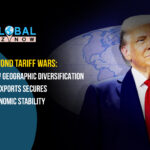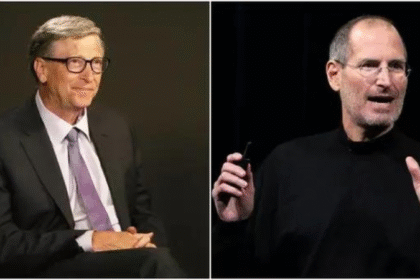Why the RBI May Take a Step Back and Focus on Domestic Priorities
The Indian rupee exchange rate strategy has been on a rollercoaster ride, with fluctuations driven by global currency trends 2025, inflation concerns, and foreign investments in India currency stability. Every rise and fall sparks debates among economists, policymakers, and traders. But is it time to stop obsessing over the rupee depreciation impact on inflation? The RBI rupee policy 2025 might just think so.
For years, the RBI foreign exchange intervention ensured the rupee didn’t fall too sharply or appreciate too aggressively. However, the RBI’s new stance on forex reserves in 2025 suggests a shift in priorities, focusing more on economic growth, inflation control, and financial stability rather than aggressive currency management.
Why the RBI May Loosen Its Grip on the Rupee
1. Economic Growth Comes First
India’s economic recovery remains the RBI monetary policy impact on rupee. With inflation control RBI policies, geopolitical uncertainties, and evolving global trade dynamics, the Indian economy forex market strategy is likely to focus on domestic growth rather than burning reserves to defend the rupee. A stable financial system and strong economic fundamentals matter more than an arbitrary exchange rate figure.
2. Global Currency Trends Favor a Flexible Approach
The U.S. dollar vs Indian rupee 2025 has been on a strong run, impacting emerging market currencies. Instead of fighting rupee depreciation, the RBI may allow the rupee to adjust naturally, preventing unnecessary depletion of foreign exchange reserves India 2025. A flexible rupee makes India more competitive in global trade and attracts foreign direct investment (FDI) and foreign institutional investments (FII).
3. India’s Resilience to Currency Movements
Unlike some economies where a weak currency causes economic distress, India has built resilience. A weak Indian rupee increases import costs, but it also enhances export competitiveness, benefiting industries like IT, pharmaceuticals, and textiles. The impact of a weak Indian rupee on businesses is mixed, with some sectors benefiting while others struggle with rising input costs.
4. Taming Inflation is a Bigger Concern
Inflation control RBI policies remain a top priority. Instead of focusing on how RBI controls inflation in India via currency stabilization, the RBI is likely to use interest rate adjustments and liquidity management to manage inflationary pressures. With fuel prices, imported goods, and consumer inflation in mind, the RBI currency policy impact on common people will aim to balance economic growth and price stability.
5. Foreign Investments and Market Confidence
A stable rupee is crucial for foreign investments in India currency stability. Investors favor market-driven exchange rates over excessive RBI intervention, which can create uncertainty. By stepping back, the RBI rupee policy 2025 could signal transparency, boosting investor confidence in India’s financial markets.
6. Impact on Common Citizens and Businesses
For everyday consumers, the rupee depreciation impact on inflation is felt in fuel costs, imported goods, and overall purchasing power. However, for export-driven businesses, a weak rupee boosts competitiveness. The government may introduce policy measures to manage currency fluctuations, ensuring that inflation does not hurt lower-income groups while allowing industries to benefit from export gains.
The End of the Rupee Obsession?
It’s time to move past the obsession over the rupee’s level. While significant fluctuations can cause concern, minor ups and downs should not be seen as a crisis. What happens if RBI stops intervening in forex markets? The focus should shift to broader economic fundamentals, GDP growth, and financial stability. A strong economy ensures India remains an attractive destination for investment and trade, irrespective of short-term currency movements.
So, will the wild ride for the rupee continue? Perhaps. But instead of fighting market forces, the RBI’s stance on the rupee suggests a more flexible approach. And maybe, just maybe, it’s time we do the same.


















